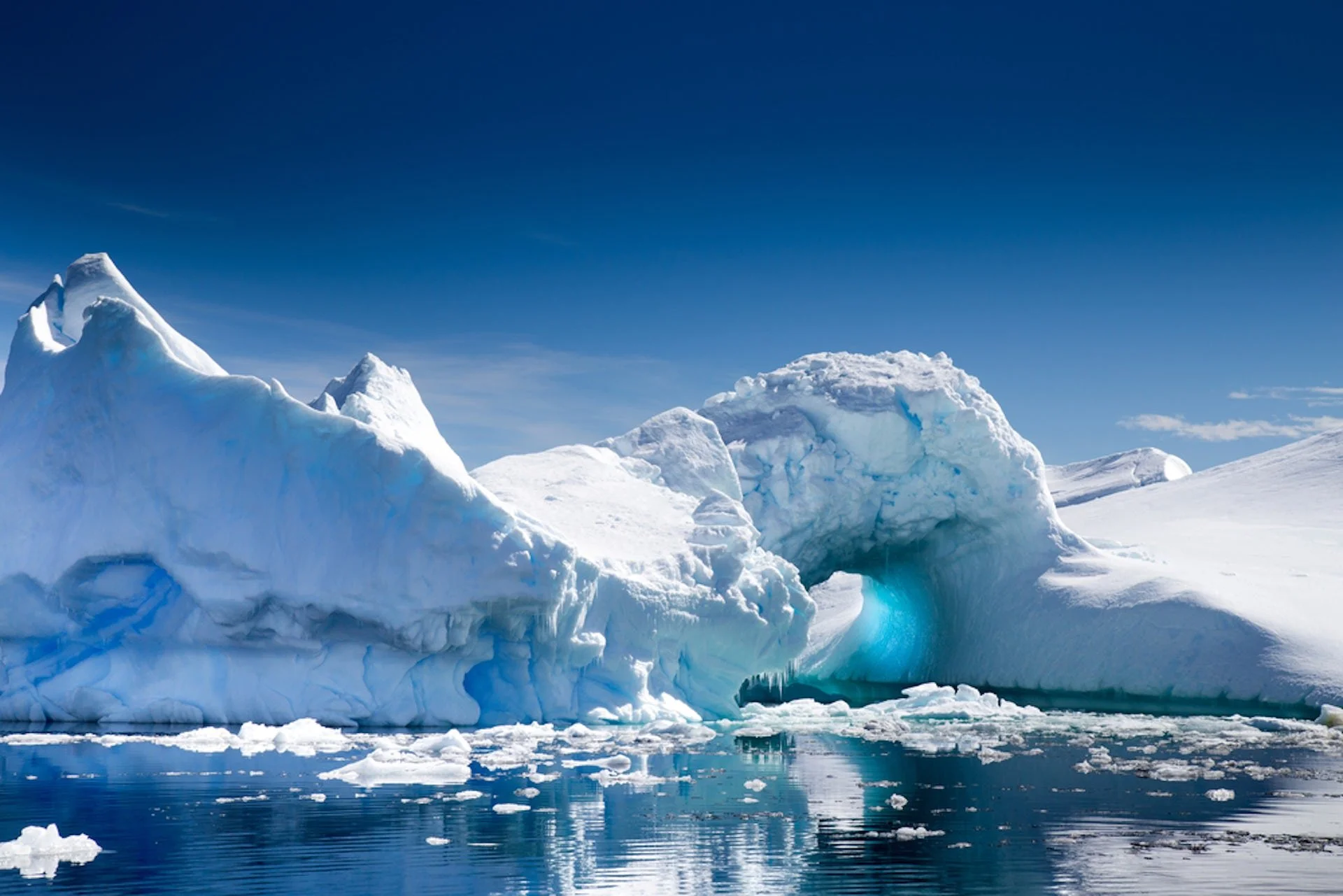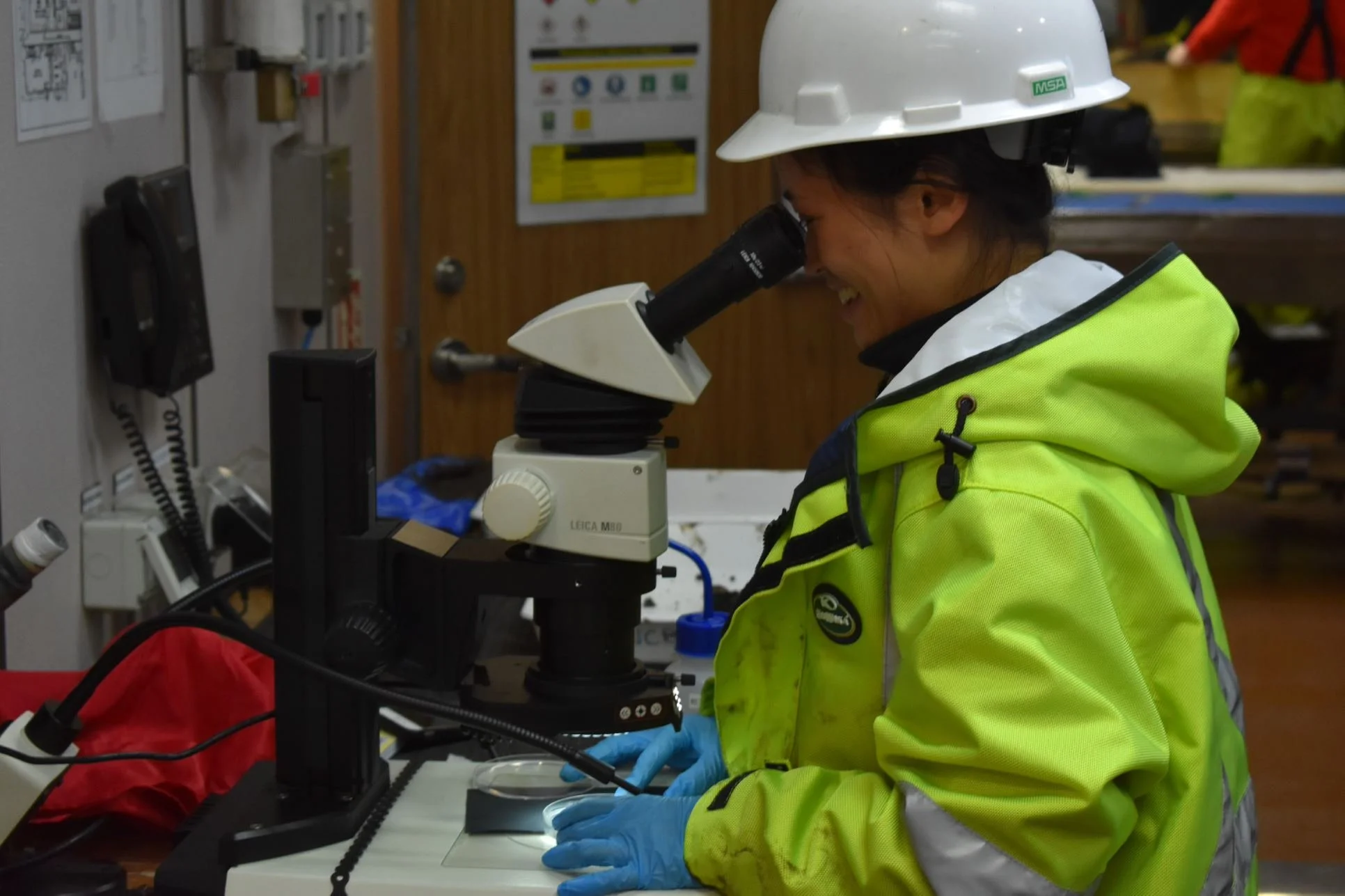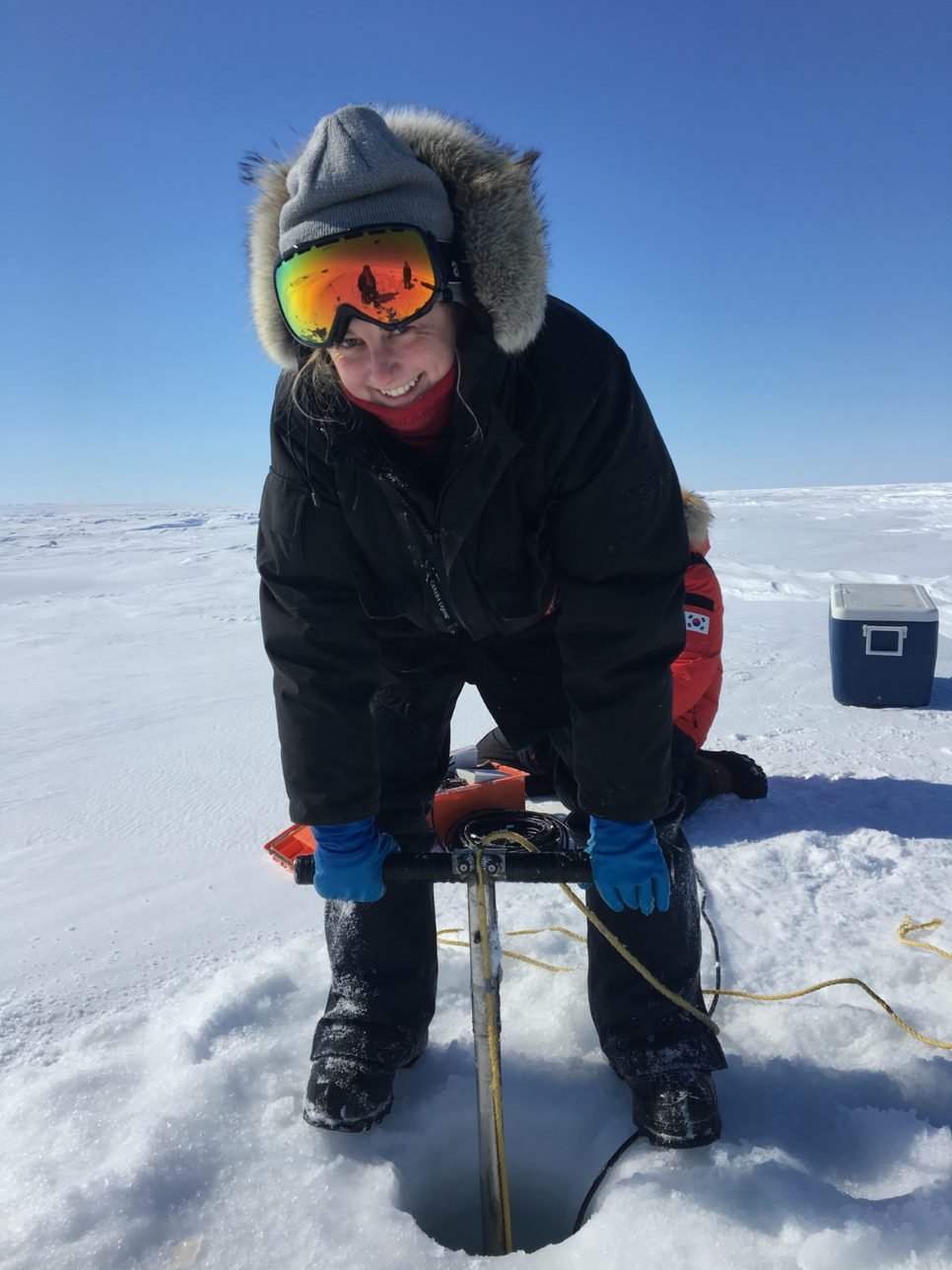Monitoring ice shelves, glaciers, and sea ice
Ours is called ‘The Blue Planet’ but only a small fraction of that water is fresh and drinkable—and of that, around 70% is frozen, as ice, on Antarctica. This ice is bound up in the kilometres-thick ice on the continent that we call the ice shelves, bunched up and on the move are the glaciers (such as the Totten and Thwaites glaciers), or extending out into the Southern Ocean as ice shelves and sea ice. With the aid of satellites and ice breakers, we can observe, quantify, and take measurements of this continent-sized resource.
Research topics
At the Antarctic Science Foundation, we are engaged in the study of ice – continental and sea ice – and its relationship with the climate and oceans.
Continental ice: Ice sheets, glaciers
Antarctic’s continental ice carries most of our planet’s fresh water. It is composed of millions of years of snow that has fallen, accumulated and compacted into great sheets that we divide into the East and West Antarctic Ice Sheets. The research interest in the continental ice sheets is great given their potential for long-term but calamitous rises in sea level.
Sea ice: Ice streams, ice shelves, icebergs
Antarctica’s sea ice, which grows and retracts annually, has in the 21st century proven unpredictable in the extreme. The extent of the sea ice – that is ‘how far’ ice reaches from the continent’s coast outward into the Southern Ocean – is measured at two extremes: its maximum extent (during Austral winter) and its minimum extent (during Austral summer). In just the last 20 years we’ve observed the greatest extent of winter sea ice – occurring from 2012–2014 – as well as the continent’s most feeblest attempt at sea ice formation with a shocking minimum in the summers of 2022 and 2023. The study of Antarctica’s sea ice and its placement in the short- and long-term contexts of history is vital.
NEWS | Antarctic glaciers and ice shelves
ASF scholars specialised in Antarctic ice
Antarctic Glossary
Iceberg
Icebergs dislodged pieces of continental ice - normally from the ice shelves extending out into the Southern Ocean.
Ice shelf
Ice shelves are dislodged pieces of continental ice - normally from the ice shelves extending out into the Southern Ocean.
Ice sheet
Ice sheets dislodged pieces of continental ice - normally from the ice shelves extending out into the Southern Ocean.
Glacier
A slowly moving mass or river of ice formed by the accumulation and compaction of snow on mountains or near the poles.
Sea ice
Sea ice is frozen seawater that floats on the ocean surface, forming in the Antarctic winter.
Sea ice extent
Sea ice extent is the area of ice that covers the Southern Ocean at a given time, usually taken to be at its maximum and minimum in winter and summer, respectively.
Landfast sea ice
Fast ice is sea ice that is "fastened" to the coastline, to the sea floor along shoals or to grounded icebergs.
Polynya
A stretch of open water surrounded by ice.
Ice stream
An ice stream is a region of fast-moving ice within an ice sheet. It is a type of glacier, a body of ice that moves under its own weight.
Supraglacial
Occurring at, near, or related to, the surface of a glacier.
Albedo
The proportion of incoming light that is reflected from a surface.
Erosion
The process of erosion by wind, water, or other natural agents - usually mechanical or physical action.
Corrosion
Damage caused to stone or other materials, often by chemical action.














